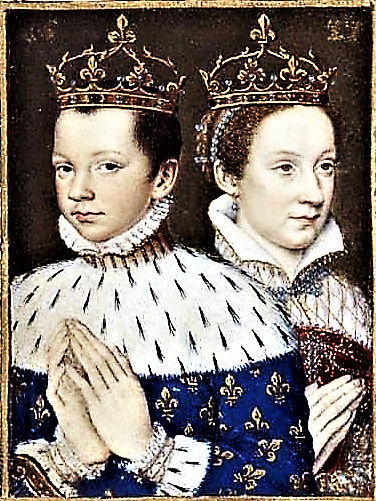Scots-Irish or Scotch-Irish
Scots-Irish
or Scotch-Irish?
Is one, or the other of them, correct?
Both
Scots-Irish and Scotch-Irish can be found in dictionaries.
Merriam
Webster online:
Scotch-Irish
adjective
ˈskäch-ˈī-rish
Definition of Scotch-Irish
of, relating to, or descended from
Scottish settlers in Northern Ireland
https://www.merriam-webster.com/dictionary/Scotch-Irish
Free
Dictionary online:
Scotch′-I′rish
or Scots-Irish n.
1. the
descendants of the Lowland Scots who were settled in Ulster in the 17th
century. adj.
2. of
or pertaining to the Scotch-Irish.
Random
House Kernerman Webster's College Dictionary, © 2010 K Dictionaries Ltd.
Copyright 2005, 1997, 1991 by Random House, Inc. All rights reserved.
https://www.thefreedictionary.com/Scots-Irish
Your
Dictionary online:
Scots-irish
meaning
skŏtsīrĭsh
The
people of Scotland who settled in Ulster or their descendants, especially those
who emigrated to North America.
https://www.yourdictionary.com/scots-irish
American
Heritage Dictionary of the English Language
Scots-I·rish
(skŏts′ī′rĭsh)
n.
1. The people of Scotland who settled
in Ulster or their descendants, especially those who emigrated to North
America.
Also
called Scotch-Irish.
American
Heritage® Dictionary of the English Language, Fifth Edition. Copyright © 2016
by Houghton Mifflin Harcourt Publishing Company. Published by Houghton Mifflin Harcourt
Publishing Company. All rights reserved.
https://www.ahdictionary.com/word/search.html?q=Scots+Irish
The
term Scotch-Irish has been more widely used in the United States
than Scots-Irish. Book titles using Scotch-Irish
are more numerous than book titles using Scots-Irish. People of
Scottish background were known as Scotch in the 18th
century.
Scotch-Irish has been used for immigrants from
Ulster (mainly of Presbyterian heritage) for more than three centuries. In a
letter written by Elizabeth I, she described Sorley Boy MacDonald and others as
being of the Scotch-Irish race.
The
term was used in Colonial America, along with Irish, Ulster Irish,
Northern Irish and Irish Presbyterian. A Maryland
document shows Scotch-Irish being used as an insult.
The
term Scotch-Irish is a source of confusion. It was not in common use
in the United States until the mid-19th century when it became
common. It had fallen out of use by the time the United States had become a new
country. The ethnic Scots, who had immigrated from Ulster, were typically
referred to as Irish, since their most recent home had been in
Ireland.
Due to
the Irish Potato Famine, of the 1840s, many Irish Catholics fled to America.
This large-scale Catholic migration caused the Protestant Scots to adopt the
qualifier Scotch Irish to distinguish themselves and their
culture from the new immigrants.
The
term Scots-Irish is used most often by genealogists and academics.
Presumably, they are conforming to British usage. Today, people in Scotland are
called Scots rather than Scotch.
Though
it is common in the United States, Scotch-Irish is seldom used in
England, Scotland and Ireland. People in Scotland prefer to use the terms
Scottish and Scots, reserving Scotch to refer to whisky.
Whisky
or Whiskey? That is another story!
Credits:
Scotch-Irish
or Scots-Irish: What's in a Name? An Essay by Michael Montgomery
http://ulsterscotslanguage.com/en/texts/scotch-irish/scotch-irish-or-scots-irish/
SCOTCH-IRISH
Concise
Oxford Companion to the English Language TOM
McARTHUR
https://www.encyclopedia.com/history/united-states-and-canada/us-history/scotch-irish
The Scots-Irish The second largest
pre-Revolutionary European immigrant group
https://www.mcmillen-design.com/scotsirish/pages/scotsirish.html
Scotch,
Scottish and Scots-Irish By David A. Fryxell
http://www.tartansauthority.com/tartan/tartan-today/finding-your-tartan/scotch-irish





































